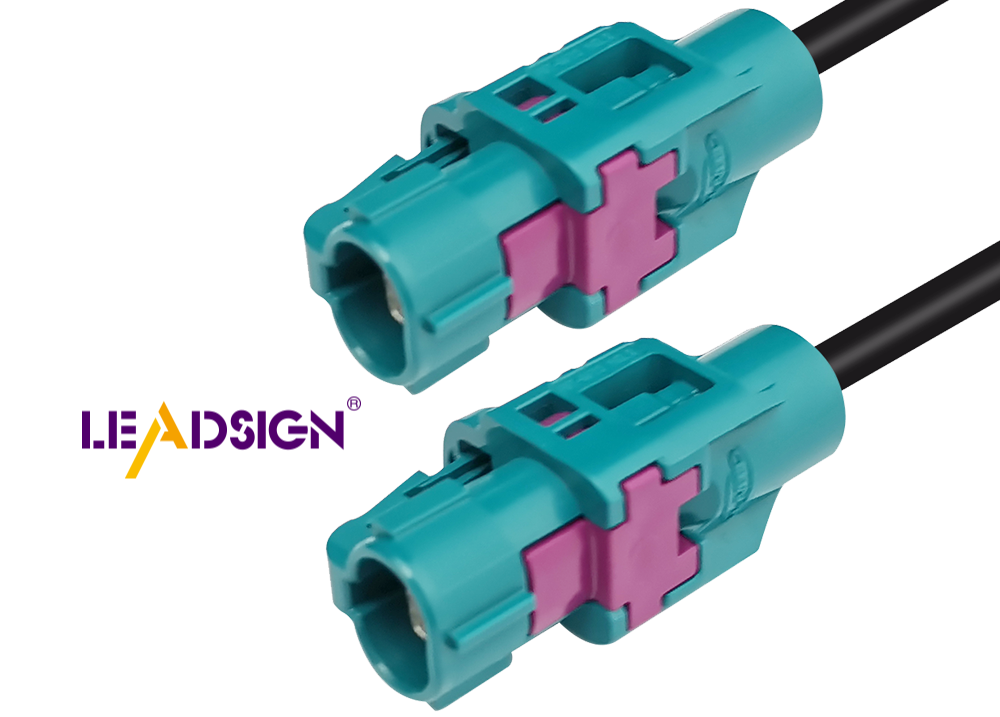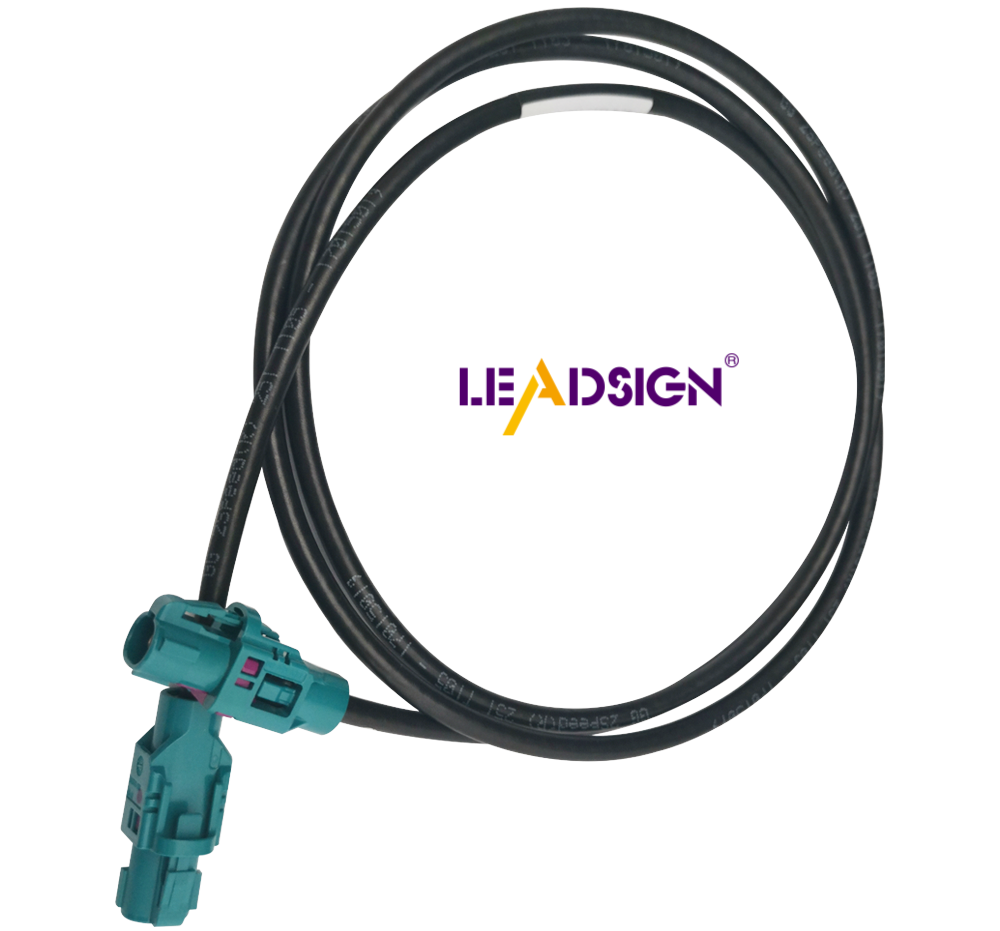H-MTD vs Others: A Surprising Comparison

Rapid data transfer is crucial in automotive electronics. Modern vehicles rely on systems such as driver assistance and entertainment, which require swift data exchange between components. High-resolution radars and cameras increase data demands, necessitating solutions like Automotive Ethernet. The H-MTD system is instrumental, enabling data transmission speeds of up to 56 Gbps. This supports various Ethernet applications and compliance test specifications, ensuring seamless communication among vehicle components. The H-MTD system adheres to rigorous compliance test specifications that align with stringent industry standards, making it highly valuable for automotive networks.
Understanding H-MTD
Key Features of H-MTD
High-speed data transmission capabilities
H-MTD connectors send data really fast. They can go up to 56 Gbps. This helps cars share information quickly. Fast data is important for today's cars. Systems like driver help and music need quick talk. H-MTD handles this easily.
Mechanical robustness
The H-MTD design is strong and tough. The connectors are small but sturdy. This keeps them safe from damage. Strong parts are needed in cars. Cars shake and get hot or cold. H-MTD stays working in these places.
Compatibility with automotive Ethernet standards
H-MTD works with car Ethernet rules. It supports up to 20 GHz frequencies. This makes it very useful. Car Ethernet is key for networks in vehicles. H-MTD fits well with current systems, following industry rules.
Applications of H-MTD
Use in modern automotive systems
H-MTD is used in many car systems. Driver help systems need its fast speed. Self-driving cars require good data sharing. H-MTD helps these new techs work well. It also works with 4K cameras and screens, which need good data flow.
Benefits in automotive communication networks
H-MTD improves car communication networks by being fully shielded, stopping interference from affecting signals, which is vital for safety as it keeps data correct even in complex setups; its modular design allows manufacturers to tailor solutions specifically to their needs.
Comparing H-MTD with Other Connector Systems

Data Transmission Rates
H-MTD performance
H-MTD sends data very fast. It can go up to 56 Gbps. This helps cars talk quickly. Fast data is key for new cars. H-MTD does this job well.
Performance of other systems
Other connectors are slower than H-MTD. Many can't match its speed. Some have trouble keeping data steady. H-MTD's smart design is better. Car makers like it for fast tasks.
Mechanical Robustness
Durability of H-MTD
H-MTD is really strong. It works in tough car conditions. Its design keeps it reliable. Even when stressed, it stays working. This makes it great for cars.
Durability of other systems
Other connectors aren't as tough as H-MTD. Some break in hard conditions. Weak parts can lose data. H-MTD's strength gives it an edge. Car industries trust its toughness.
Compatibility with Automotive Ethernet Standards
H-MTD compatibility
H-MTD fits car Ethernet rules well. It supports up to 20 GHz signals. Tests show it's a good fit for networks now used in cars, making it popular with builders.
Compatibility of other systems
Other systems might not fit well with standards and may fail some tests, but not H-MTD; it's flexible and connects easily with different cables, supporting many uses.
Good and Bad Points
Good Things About H-MTD
Special Benefits in Cars
H-MTD is great for cars. It sends data super fast, up to 56 Gbps. This speed helps with driver help systems and self-driving cars. H-MTD lets cameras, screens, and music systems talk easily. Aptiv and Rosenberger make sure H-MTD parts are strong for tough car use.
Trustworthy and Effective
H-MTD parts are very reliable. They work well even when cars shake or get hot or cold. The design makes building easier for car makers, saving time and money. H-MTD fits with car Ethernet rules, making it a trusted choice for fast data sharing.
Bad Things About H-MTD
Possible Problems
H-MTD has some downsides too. Its fast speed might use more power, which isn't always good for energy saving. Special tests needed can be hard to do right. Makers must check that H-MTD meets strict rules, which can be tricky.
Needs Fixing
Some things need fixing in H-MTD. Making it use less power would help save energy. Better adapters could make it work with more systems like MATEnet. New ideas in car design will keep H-MTD useful for smart cars as they change over time.
H-MTD is great for car electronics. It sends data super fast, up to 56 Gbps. This makes it perfect for new cars. H-MTD keeps communication steady by following strict rules. It helps with cool car tech and fits many Ethernet uses. Its small design makes building easy for suppliers. H-MTD works well with industry standards, making it fit smoothly in car networks. The future looks bright because it's flexible and works well.
See Also
Exploring the Impact of HFM in Driver Assistance Systems
Enhancing Automotive Connectivity with HFM Connectors
Leveraging HFM for High-Speed Connectivity in Autonomous Vehicles

